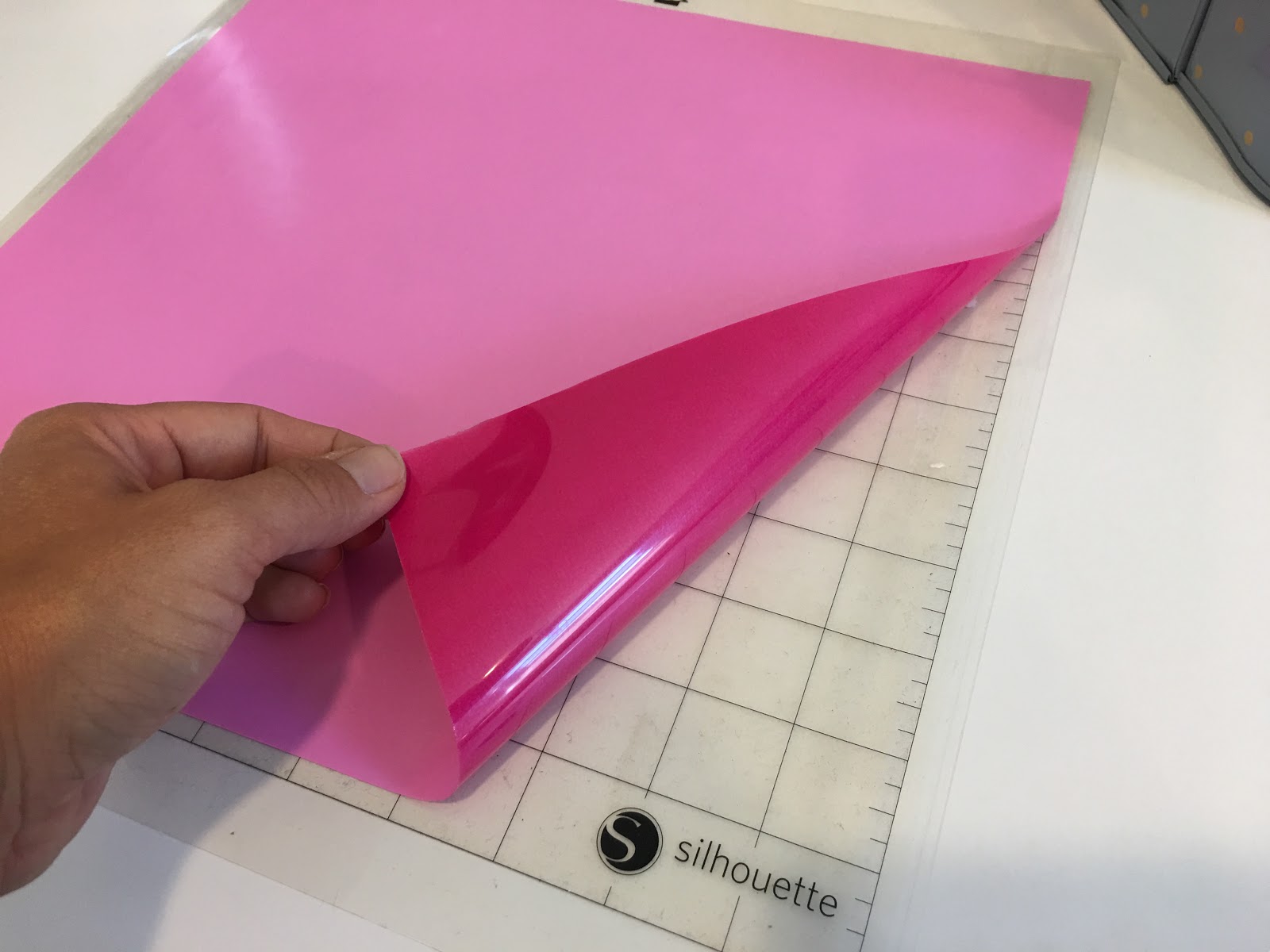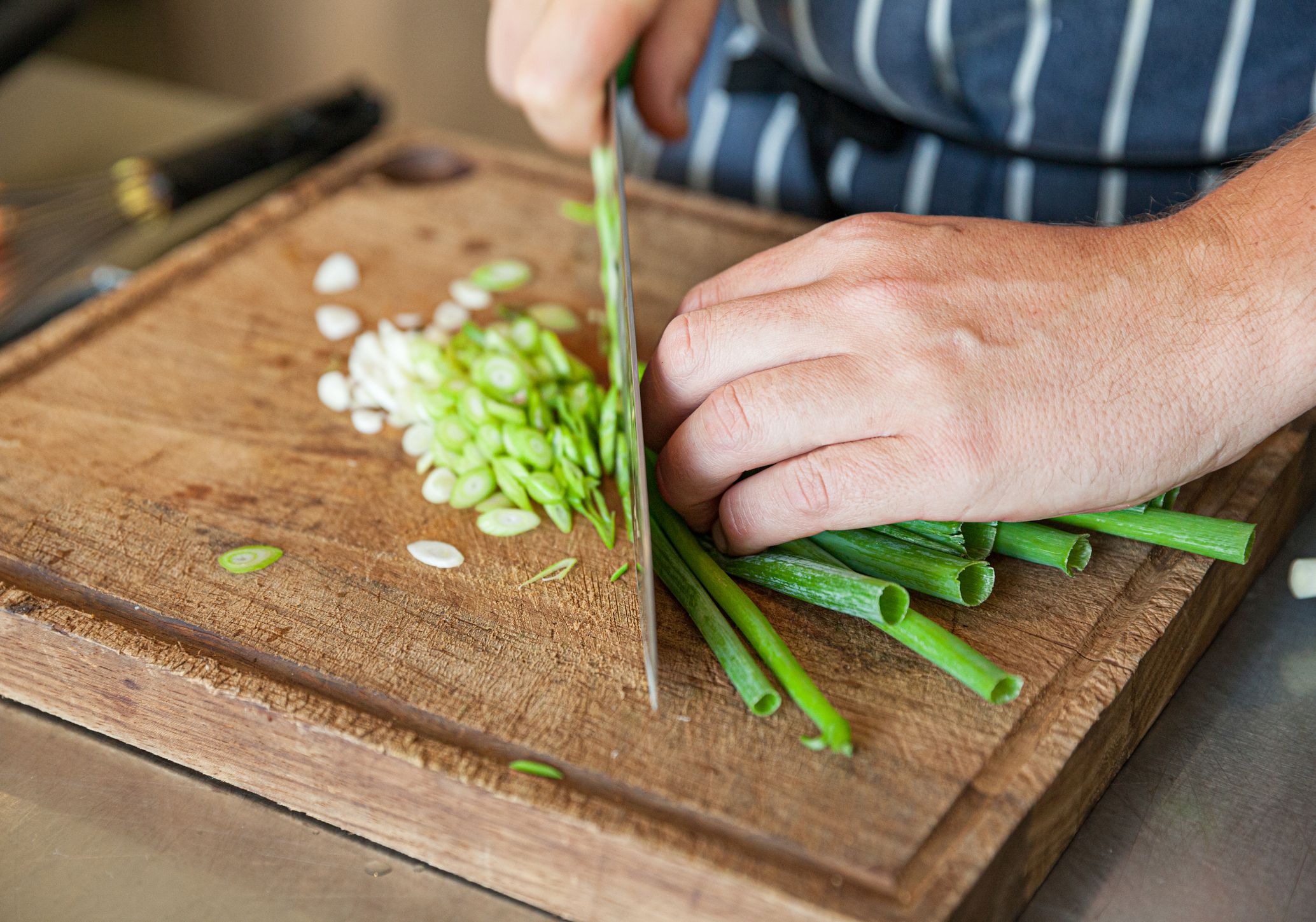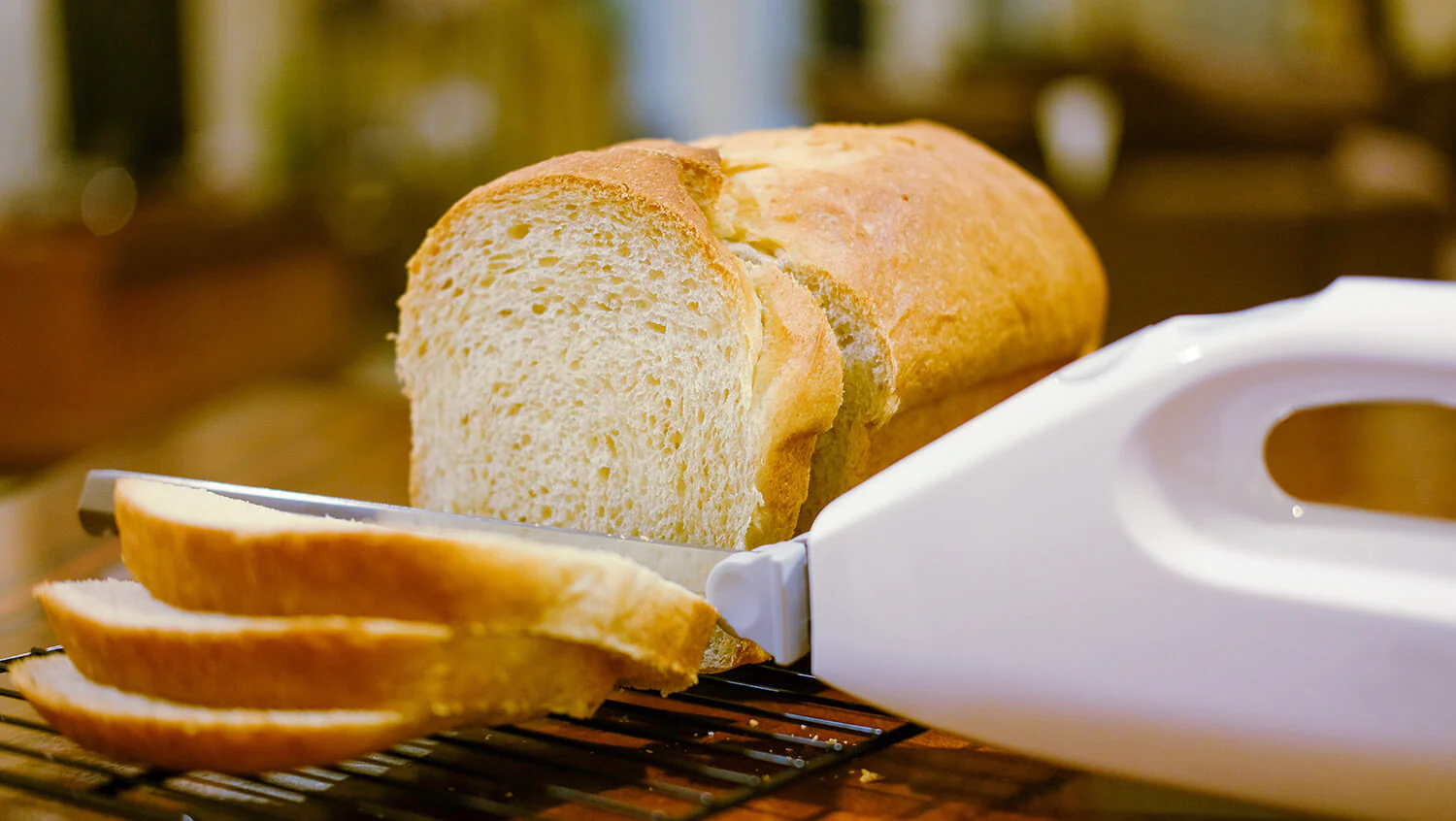How To Cut Acidity In Coffee
If you’re a coffee lover, you know that acidity can sometimes be a downside of enjoying your favorite brew. While acidity adds brightness and complexity to the flavor, excessive acidity can lead to an unpleasant sour taste and even digestive discomfort. But fear not! There are several simple yet effective ways to cut acidity in coffee, allowing you to savor each cup without any unwanted side effects.
1. Choose the right beans
The type of coffee beans you use plays a significant role in determining the acidity level of your brew. If you want to reduce acidity, opt for beans that are known for their lower acidity profiles. Look for beans grown in regions such as Brazil, Sumatra, or Mexico, as they tend to have a smoother, less acidic taste.
2. Adjust your brewing method
The brewing method you use can also impact the acidity of your coffee. If you find your coffee too acidic, consider trying a different brewing method. For example:
- Try a French press: This method allows for a longer brewing time, resulting in a smoother cup with reduced acidity.
- Use a cold brew technique: Cold brewing coffee can lead to a less acidic and less bitter taste, making it an excellent option for those sensitive to acidity.
- Switch to a pour-over: Pour-over brewing allows for more control over the extraction process, which can help minimize acidity.
3. Use filtered water
The quality of the water you use can have a significant impact on the acidity of your coffee. Tap water often contains minerals and impurities that can contribute to increased acidity. Use filtered water or consider investing in a water filter to ensure a cleaner and less acidic brew.
4. Choose a darker roast
The roasting process can influence the acidity of the coffee beans. Darker roasts tend to have lower acidity levels compared to lighter roasts. When buying coffee, look for beans labeled as dark roast or espresso roast for a less acidic cup of joe.
5. Add a pinch of salt
Believe it or not, adding a pinch of salt to your coffee can help reduce its acidity. Salt helps counteract the bitter and acidic flavors, making the overall taste smoother and more balanced. Start with just a tiny amount and gradually adjust to your preference.
6. Use cold milk or cream
If you enjoy adding milk or cream to your coffee, opt for cold milk or cream instead of warm or hot. The cold temperature can help neutralize some of the acidity in the coffee, resulting in a milder taste.
Remember, acidity is a natural characteristic of coffee, and some level of acidity is necessary for the complex flavors we love. Experiment with these techniques to find the perfect balance that suits your taste buds. With a few adjustments, you can enjoy a delicious cup of coffee with reduced acidity, allowing you to fully indulge in your coffee addiction without any discomfort.
Was this page helpful?
Read Next: How To Cut Ziploc Bag For Frosting
MVUMining
MVU Limited is a cloud mining trading platform, which put the task of making Bitcoin or Ethereum mining accessible not only for crypto enthusiasts but also for common users. No longer it is required to buy expensive equipment and waste your time on setting it up. Simply select the desired power and generate revenue! https://www.mvu.com/












